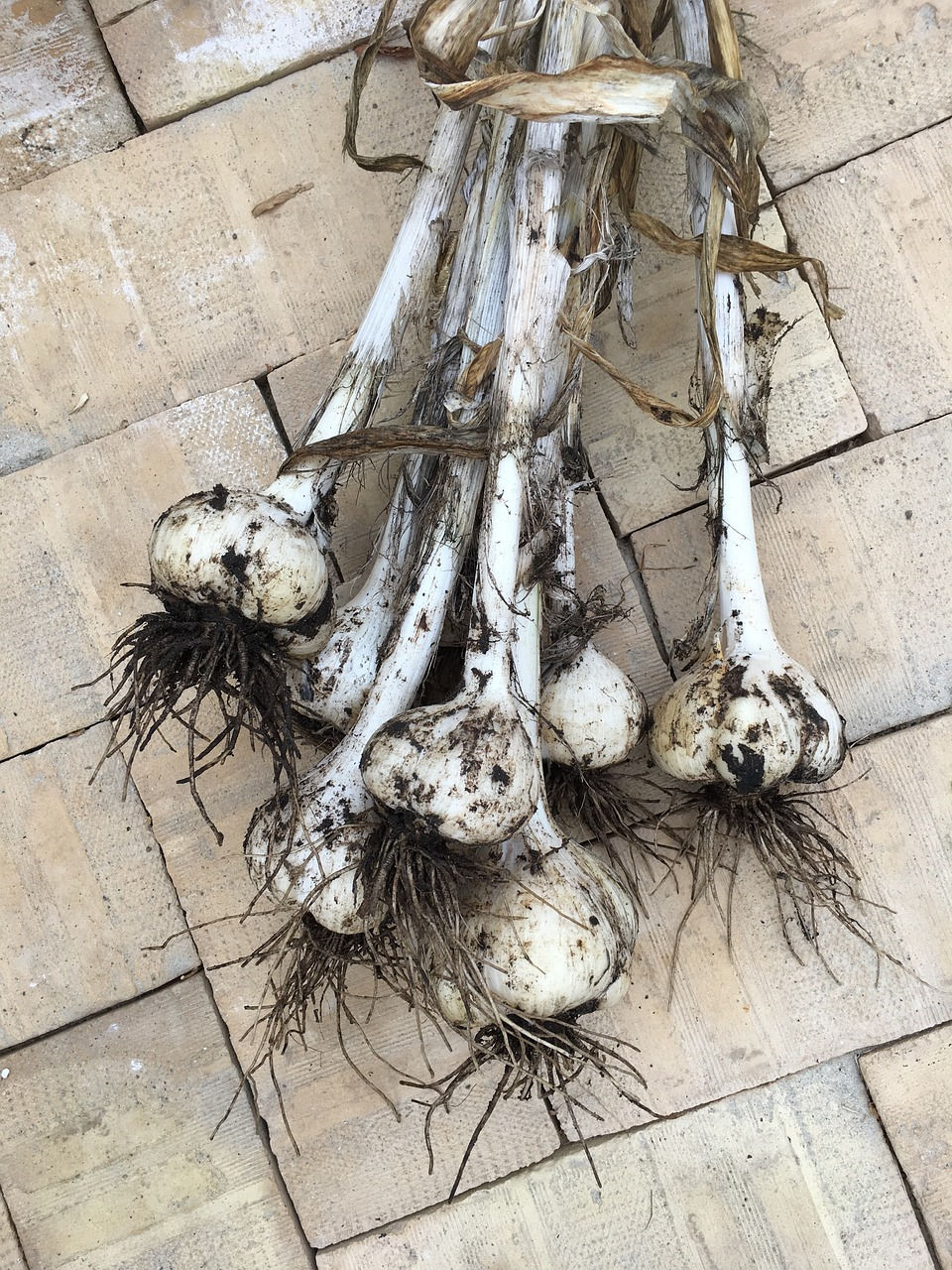Elephant garlic is popular for its large cloves and mild, buttery flavor. Want to learn how to grow this tasty veggie in your own garden? Keep reading!

What Is Elephant Garlic?
Despite its common name, elephant garlic is actually a type of leek. Like other leeks, the plants have long, flat leaves and produce ball-shaped flower heads. Unlike leeks, however, each plant develops a giant, segmented bulb in the shape of garlic.
Elephant garlic bulbs can weigh up to a pound and typically consist of four to six large cloves. The plants can grow up to three feet tall and have pale bluish-green leaves.
Once the plants die down each summer, the bulbs are harvested and used just like regular garlic. Elephant garlic has a milder, more oniony flavor than regular garlic, making it a popular addition to savory dishes.
Elephant garlic grows well in USDA hardiness zones 3-9.
So, are you ready to learn how to grow elephant garlic? Follow the steps below:
Step 1: Prepare the Soil
Elephant garlic grows best in loose, rich soil full of organic material, and it needs plenty of sunlight. Choose a spot that receives at least six hours of full sunlight every day and prepare the soil for planting.
Turn the soil over with a shovel and consider adding compost. You can also cover the area with a layer of mulch, such as old hay or grass clippings. The mulch will break down over time and add nutrients to the soil.
Step 2: Plant the Cloves
It’s best to plant elephant garlic in the fall, usually October or November. Break apart the bulbs and choose the largest cloves, leaving the papery casing intact. Plant each clove with the pointed end up, covering it with about four to six inches of soil.
Allow at least eight inches between each clove so the plants will have plenty of room to grow. When you have finished planting your cloves, water them in gently. If desired, cover them with a few inches of mulch to insulate them through the winter.
Step 3: Care for the Plants
Depending on the weather and how early you plant them, your elephant garlic cloves may sprout before winter. Otherwise, they will sprout as soon as the weather begins to warm up the following spring.
The plants are extremely cold-tolerant and don’t require a lot of care. Water them regularly but don’t allow the soil to become soggy; this could cause the developing bulbs to rot. If you receive a lot of rain, you may want to remove some of the mulch to keep the ground from retaining too much moisture.
You can also give your plants some extra compost as they grow and be sure to keep the weeds under control so the plants don’t have to compete for soil nutrients.
Step 4: Remove the Scapes
Your elephant garlic plants will produce flower buds, or scapes, during mid to late spring. These will appear as long, round stalks emerging from the center of the plant, each topped with a triangular bud.
Cut off each scape before it begins to curl or flower. Removing the scapes will cause the plants to redirect more energy to the growing bulbs, resulting in larger bulbs.

Step 5: Harvest the Bulbs
Harvest your elephant garlic in early summer, typically in June, when the greens of the plant begin turning yellow or brown. Pull them up by the greens, using a trowel to loosen the soil if necessary. Remove excess dirt from the roots and bulbs.
You can use your garlic right away or cure it for longer storage. To cure, hang or lay the garlic plants in a cool, dark spot with good airflow, and leave them there for up to eight weeks. You can then remove the dried stalks and leaves.
Store your cured garlic bulbs in a cool, dark place free of excess moisture for up to 10 months. Do not refrigerate them, but they do best in temperatures ranging from 45 to 55 degrees Fahrenheit.
Time to Plant Your Elephant Garlic
Growing elephant garlic is super easy and lots of fun! Ready to plant your own? Head on over to our shop today!

Comments